
Promotional materials for Chinese movie YOLO Photo: Courtesy of Douban
China’s Ministry of Public Security has recently revealed that more than 40,000 cases of copyright infringement and counterfeiting were handled nationwide in 2023, involving the seizure of products like bootleg films and forged food brand packaging.
Investigations targeting these fraud cases were carried out under a nationwide special operation called “Kunlun 2023.” The operation continues in 2024 with the unchanged goal of fighting “intellectual property infringement.”
The operation hit a new milestone in February. A total of 800,000 films, predominately bootlegs of movies like YOLO and Article 20, were seized by police departments in the provinces of Zhejiang, Anhui and Jiangsu.
The bootleg films were those that debuted during the 2024 Chinese Spring Festival holiday. They were mainly shared illegally online. Besides bootleg video recordings and pirated disk versions of these movies, 230 online shops illegally distributing such contents were included in the crackdown.
Cultural policy expert Song Weiping told the Global Times that such unlawful bootleg films sustain a “lucrative yet unethical market.” Taking bootleg films as an example, he noted their prices online are usually “much less than half” of the price for a cinema ticket, the expert emphasized.
“Some of those films were even circulated for free. Also, story-based films are more easily to be devalued in the pirate market since they do not boast the same visual effects that are exclusive to cinematic blockbusters,” Song remarked.
The unlawful reproduction of films is a topic that can always spark a wide spectrum of public debate in China. Xue Zhiqian, a popular Chinese singer was slammed by netizens in February on the internet after he snapped photos of the film Pegasus 2 in a cinema and then posted them on China’s X-like Sina Weibo.
Although law expert Xu Xinmin told the Global Times that a few individual photos can hardly constitute copyright infringement, netizens’ criticism of Xue is still trending, especially posts accusing him of being “ignorant of copyright’s importance” and “misleading the public.”
“Copyright infringement is extremely harmful to creative works, including art, films and so forth. To protect a work’s copyright is not the author’s own responsibility, but also that of the creative industry,” Xu told the Global Times.
Other than taking care of the film sector, the special operation also included crack down on intellectual property infringement related to sectors such as software, makeup, food and household appliances.
A total of 1,168 counterfeit hair dryers imitating a popular English brand were seized by police. The profit of sales of such counterfeits reached more than 40 million yuan ($5.5 million). In Central China’s Henan Province, four food processing spots were discovered that specialized in making counterfeit seasoning products of a popular Chinese food brand.
Those results were achieved through a close collaboration between China’s Ministry of Public Security and its deployed sub-provincial organs throughout the country.
“Such a deployment enlarges the scope of discovering potential crimes, and also reveals China’s nationwide efforts in cracking down on piracy,” Xu told the Global Times. The expert also added that these cases were chosen to be revealed around World Intellectual Property Day (WIPO) to show China’s dedication to protecting intellectual property rights. WIPO falls annually on April 26.

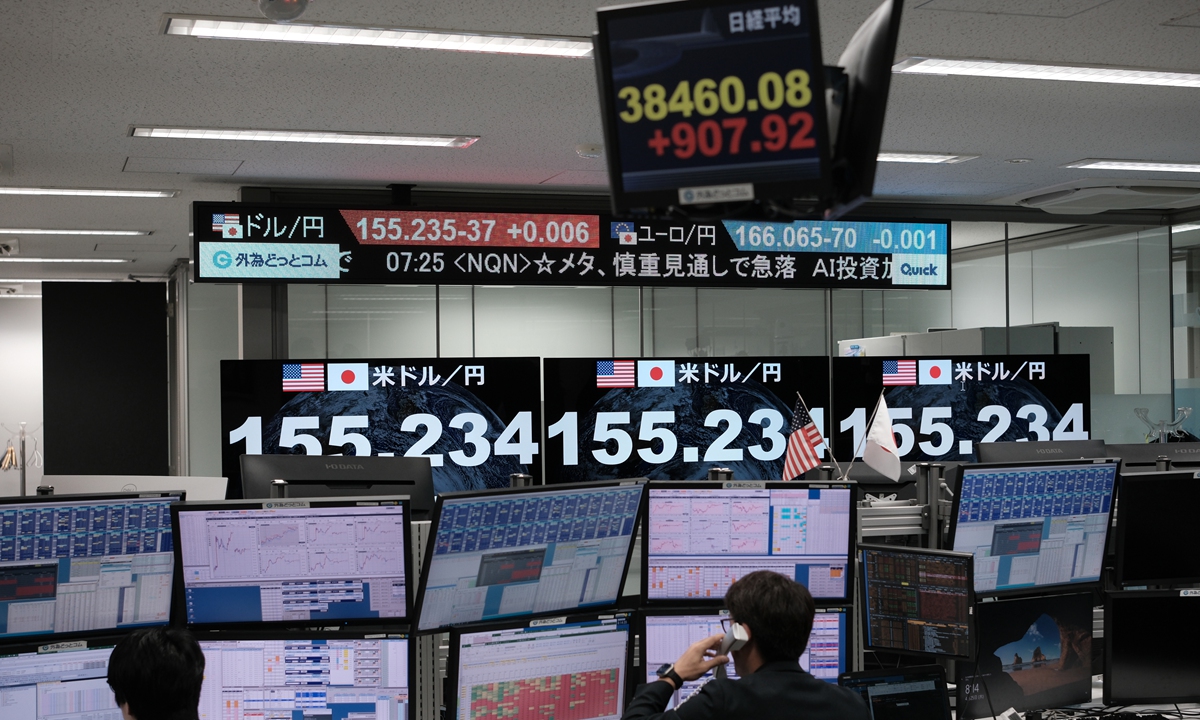
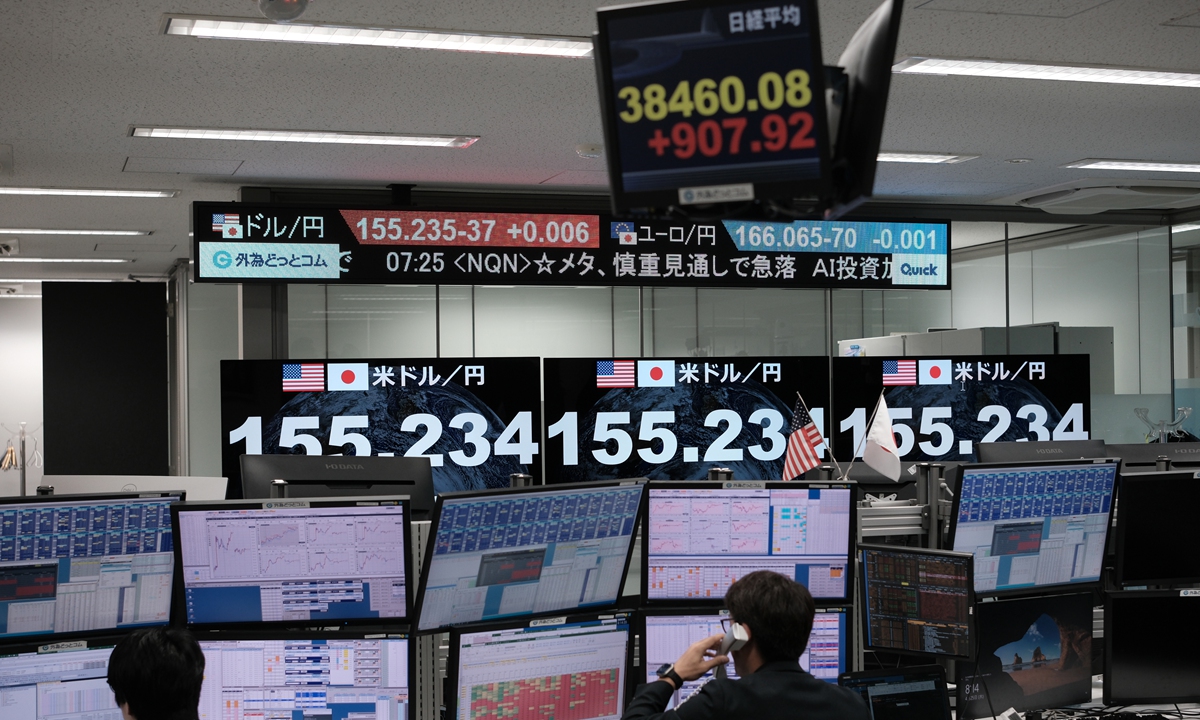
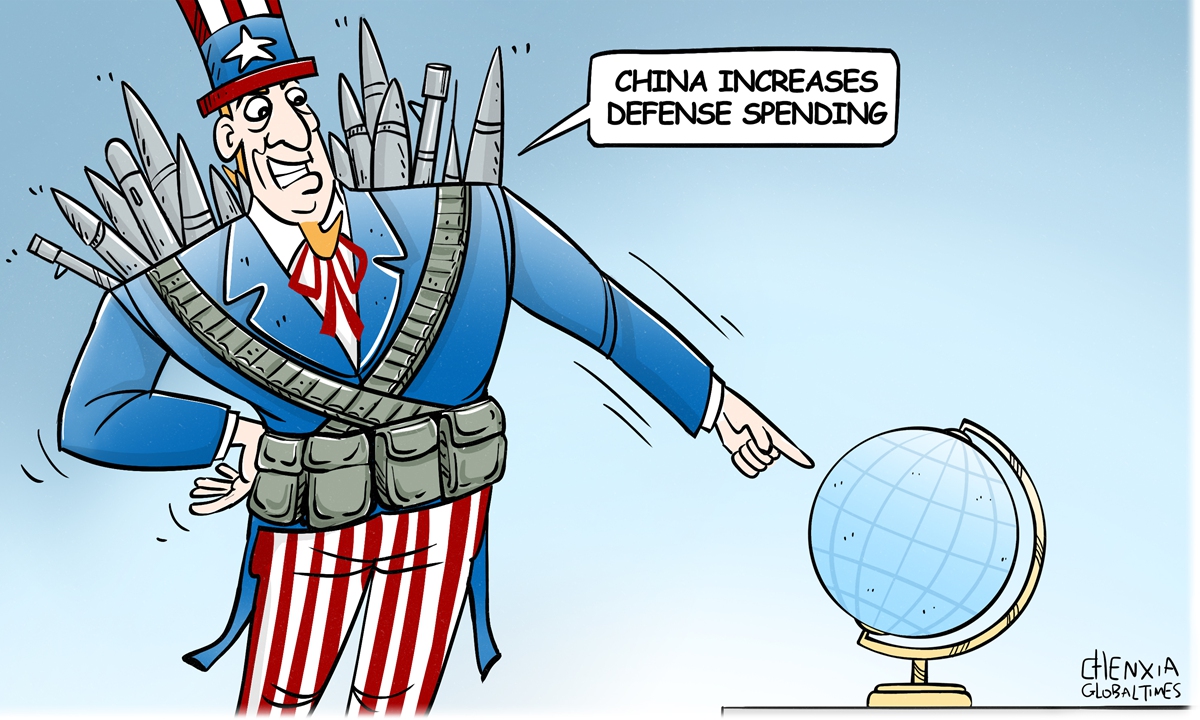
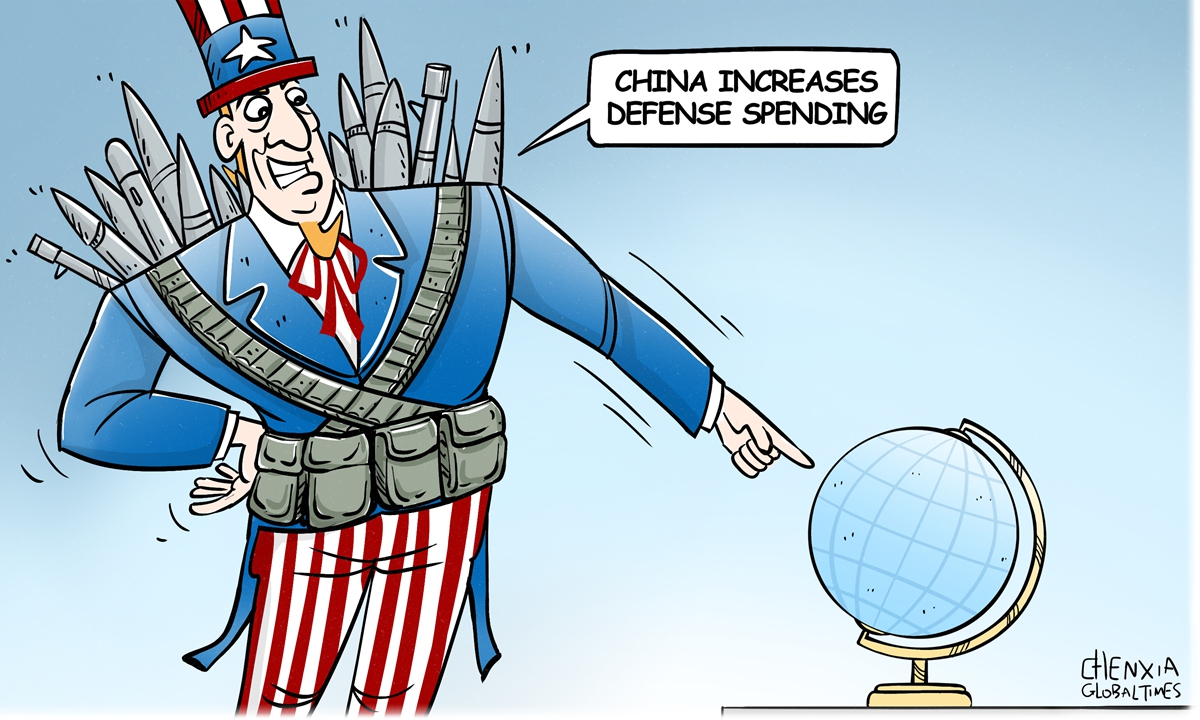
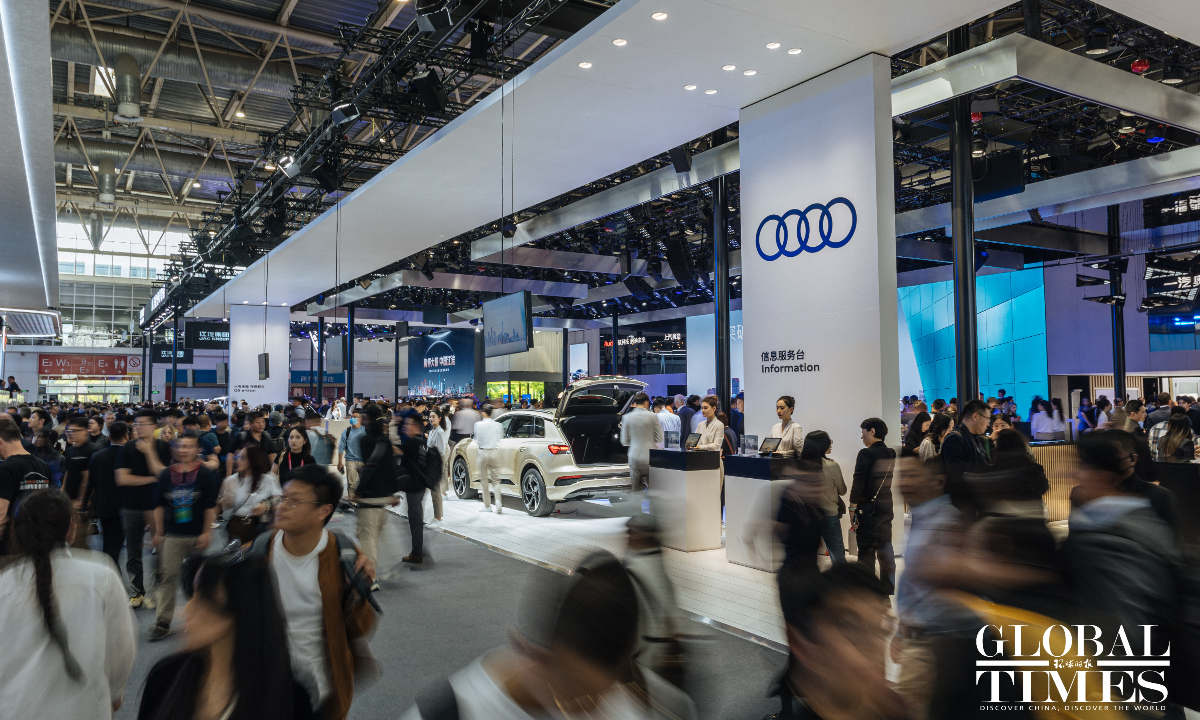
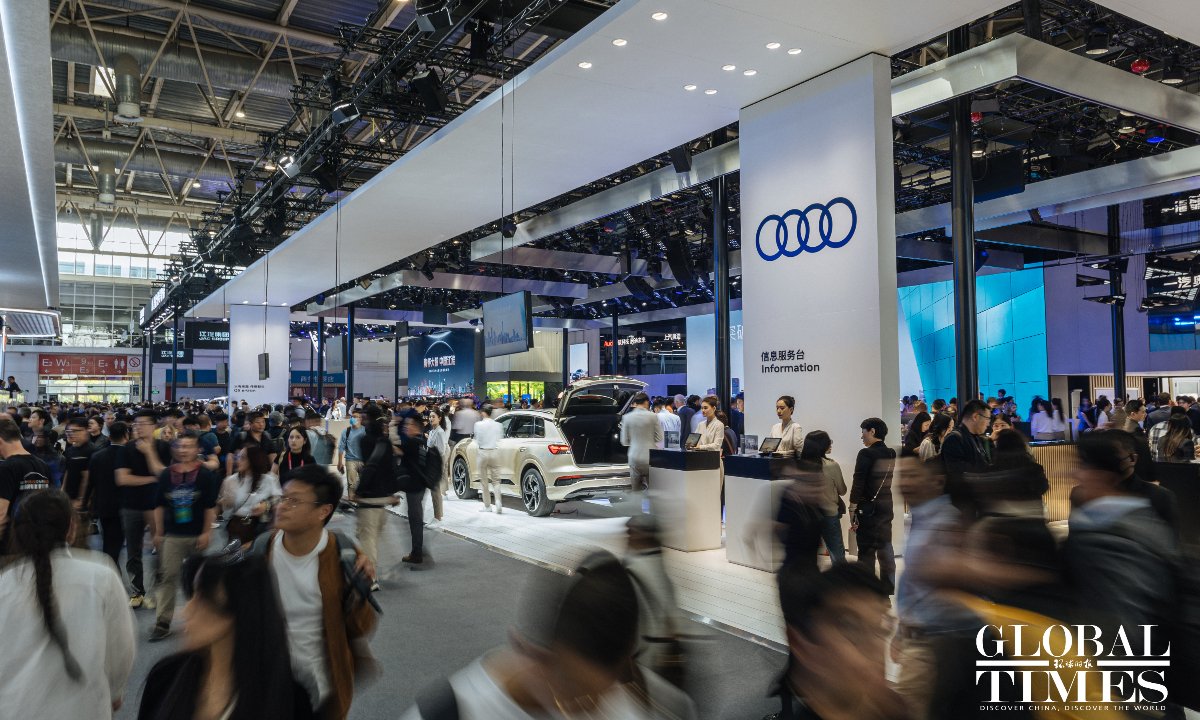
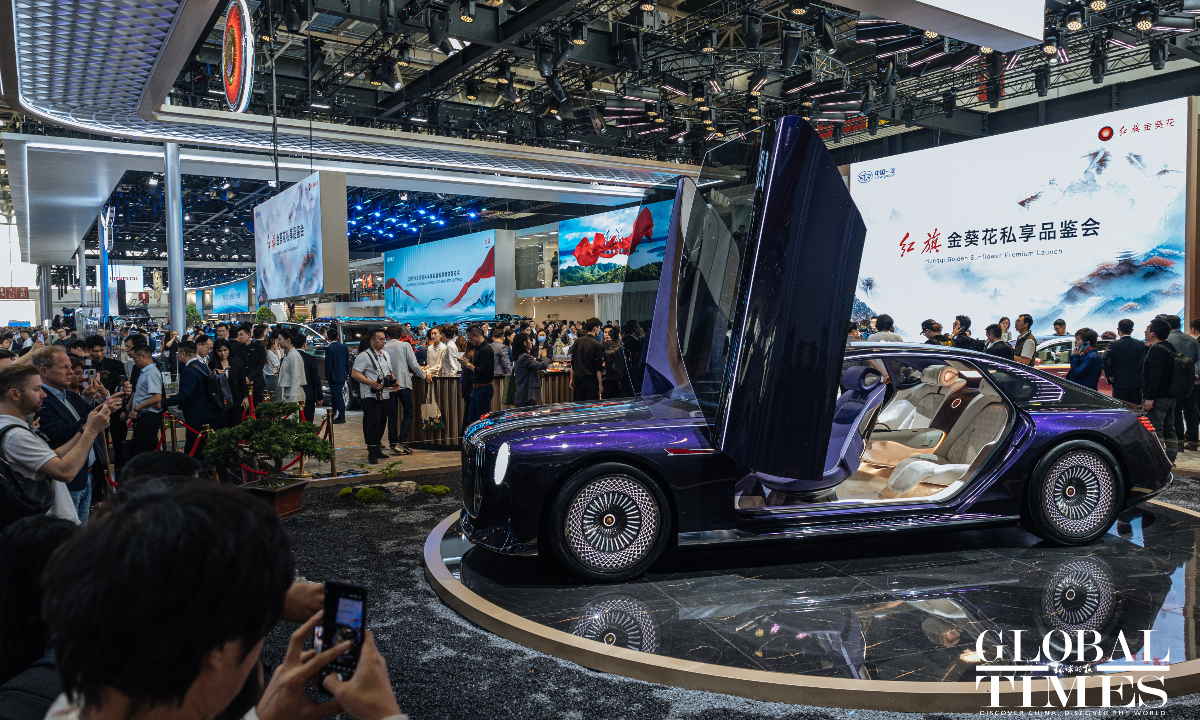
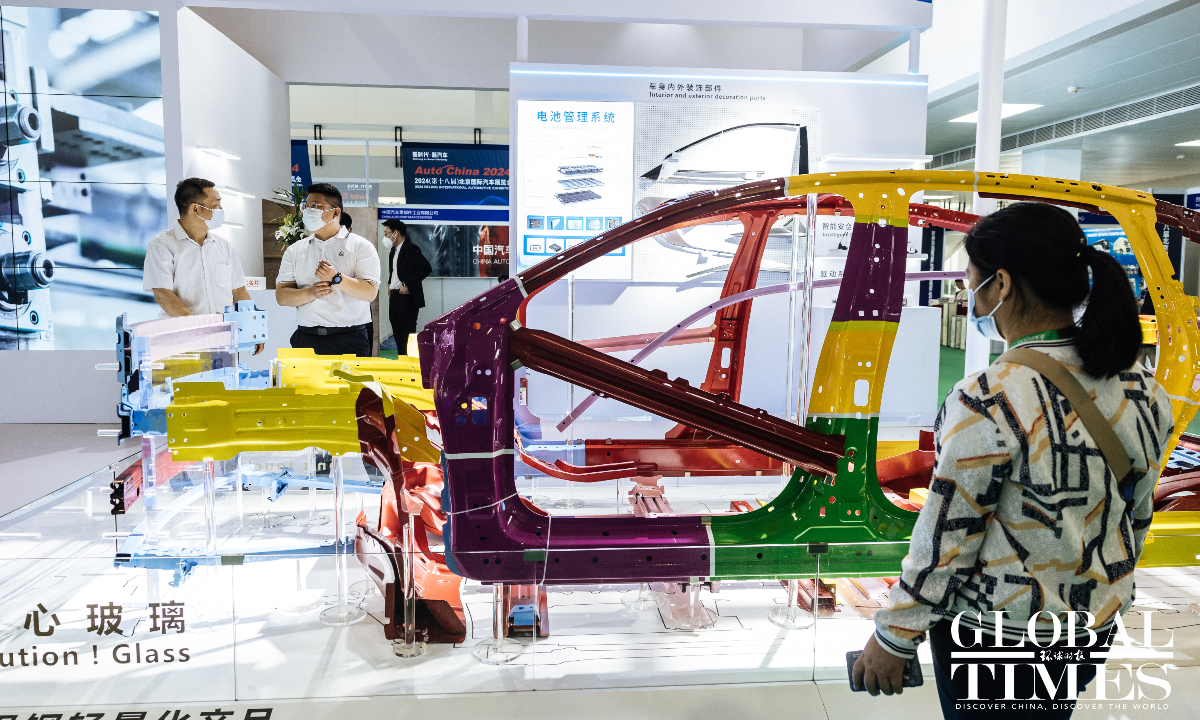
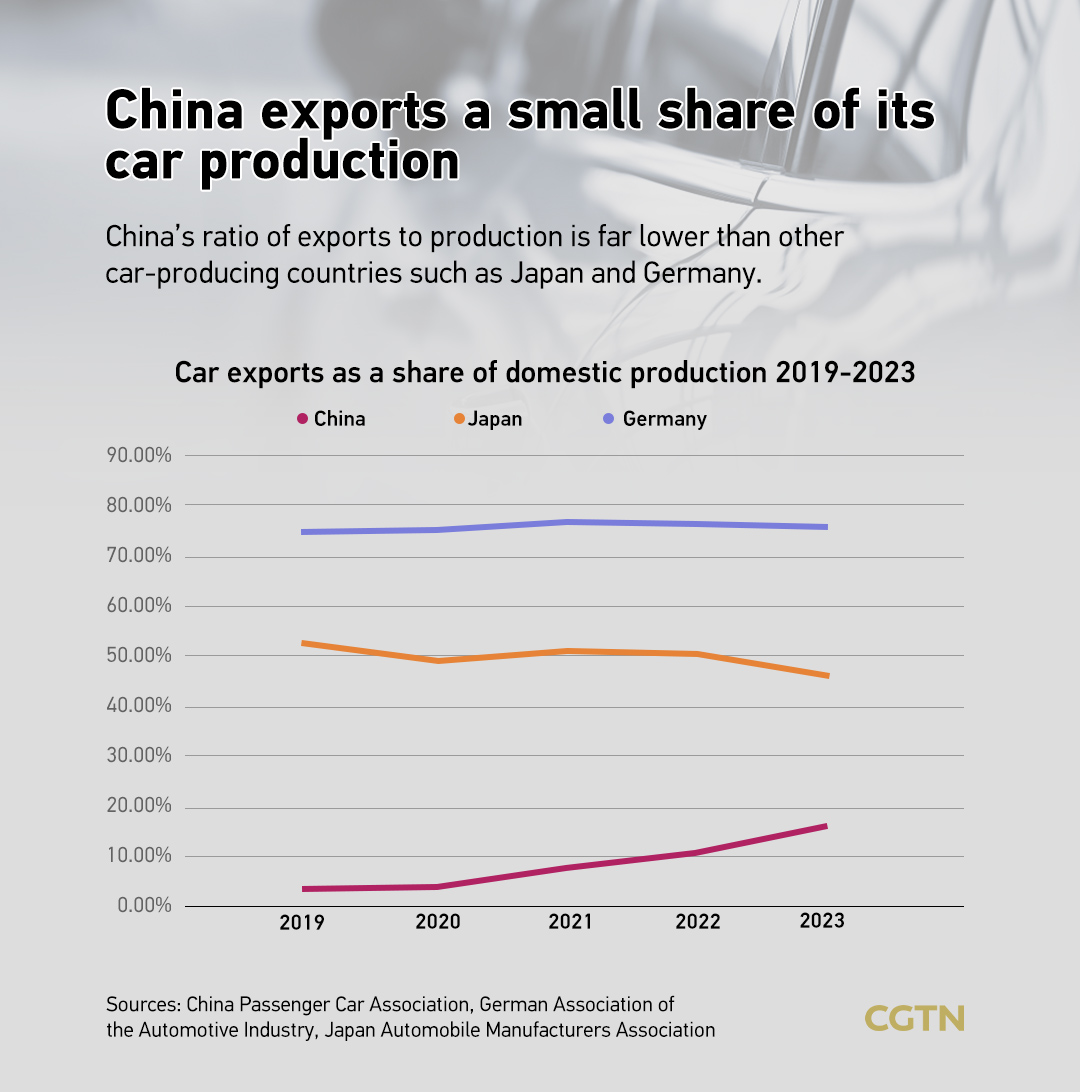
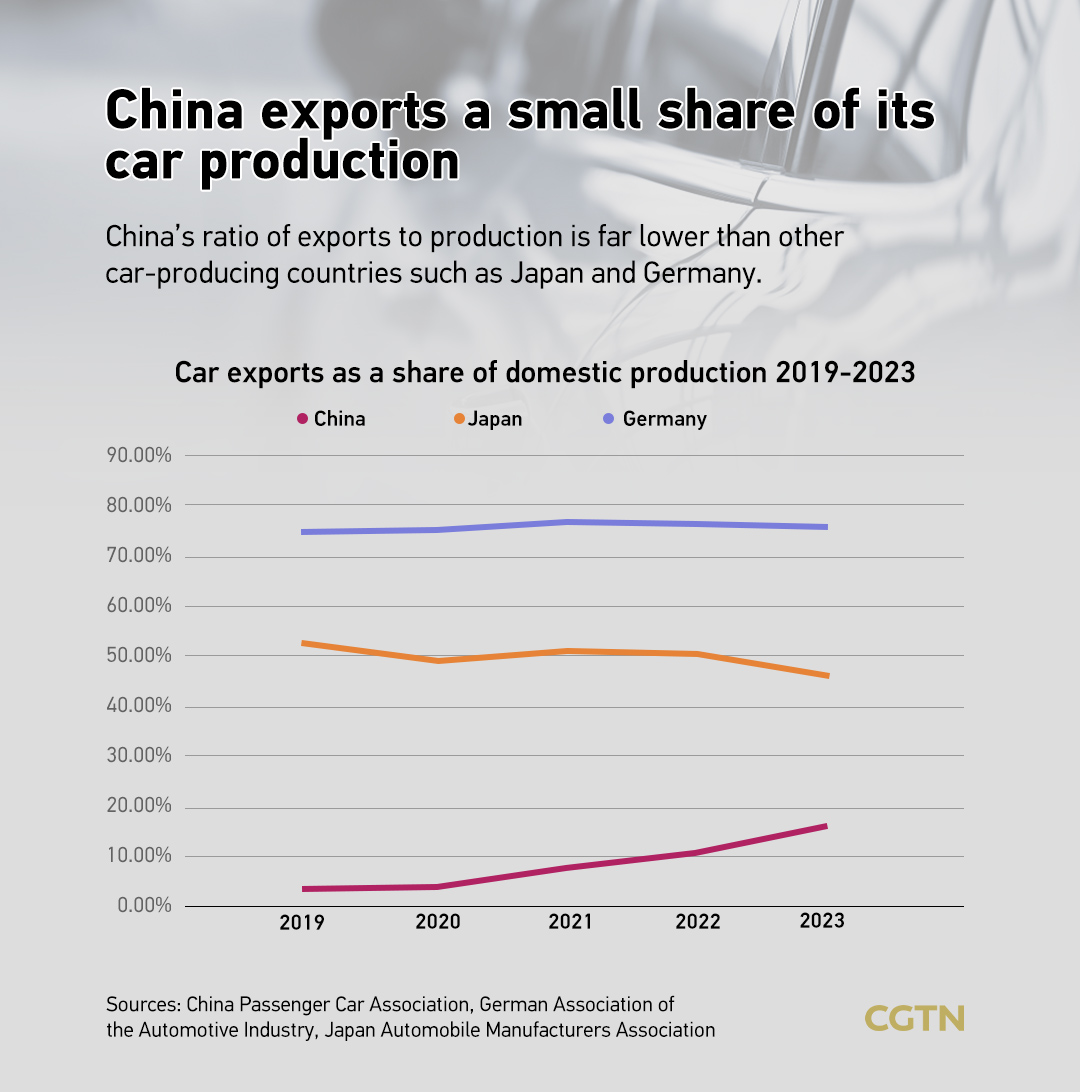 Graph showing China’s ratio of exports to production is far lower than other car-producing countries such as Japan and Germany. /Designed by Li Jingjie
Graph showing China’s ratio of exports to production is far lower than other car-producing countries such as Japan and Germany. /Designed by Li Jingjie  China’s vehicle inventory alert index from 2022 to 2024. /Designed by Li Jingjie
China’s vehicle inventory alert index from 2022 to 2024. /Designed by Li Jingjie 
 China launches its Gravity-1 solid rocket from a mobile sea platform off Haiyang City, east China’s Shandong Province, January 11, 2024. /CFP
China launches its Gravity-1 solid rocket from a mobile sea platform off Haiyang City, east China’s Shandong Province, January 11, 2024. /CFP 

 A still from the film “A Real Job” /Photo provided to CGTN
A still from the film “A Real Job” /Photo provided to CGTN 


 A view of Jiaoxi Town, Changzhou City, east China’s Jiangsu Province, April 21, 2024. Du Junzhi/CGTN
A view of Jiaoxi Town, Changzhou City, east China’s Jiangsu Province, April 21, 2024. Du Junzhi/CGTN  Yellow stones used to build houses in Jiaoxi Town, Changzhou City, east China’s Jiangsu Province, April 21, 2024. Du Junzhi/CGTN
Yellow stones used to build houses in Jiaoxi Town, Changzhou City, east China’s Jiangsu Province, April 21, 2024. Du Junzhi/CGTN  A man sketches buildings in Jiaoxi Town, Changzhou City, east China’s Jiangsu Province, April 21, 2024. Du Junzhi/CGTN
A man sketches buildings in Jiaoxi Town, Changzhou City, east China’s Jiangsu Province, April 21, 2024. Du Junzhi/CGTN 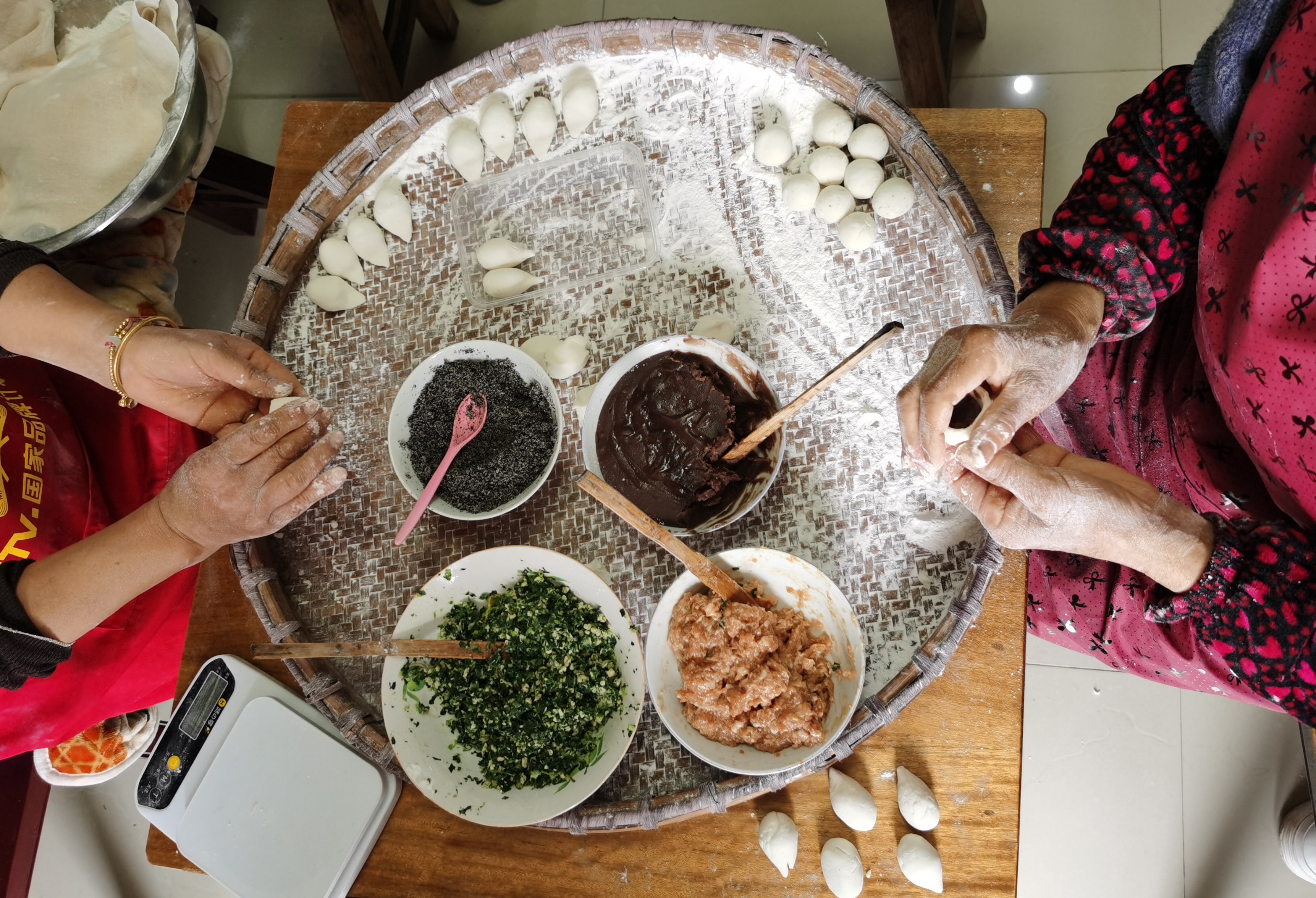 Residents make dumpling balls with different kinds of fillings in Jiaoxi Town, Changzhou City, east China’s Jiangsu Province, April 21, 2024. Du Junzhi/CGTN
Residents make dumpling balls with different kinds of fillings in Jiaoxi Town, Changzhou City, east China’s Jiangsu Province, April 21, 2024. Du Junzhi/CGTN  Yao Xiaosong, inheritor of Jiaoxi’s tofu-making craft, Jiaoxi Town, Changzhou City, east China’s Jiangsu Province, April 21, 2024. Du Junzhi/CGTN
Yao Xiaosong, inheritor of Jiaoxi’s tofu-making craft, Jiaoxi Town, Changzhou City, east China’s Jiangsu Province, April 21, 2024. Du Junzhi/CGTN 
 From ancient forests to alpine tundra and snow-capped peaks, there’s plenty on offer for the outdoor enthusiast at Mount Siguniang in southwest China’s Sichuan Province. /CGTN
From ancient forests to alpine tundra and snow-capped peaks, there’s plenty on offer for the outdoor enthusiast at Mount Siguniang in southwest China’s Sichuan Province. /CGTN  From ancient forests to alpine tundra and snow-capped peaks, there’s plenty on offer for the outdoor enthusiast at Mount Siguniang in southwest China’s Sichuan Province. /CGTN
From ancient forests to alpine tundra and snow-capped peaks, there’s plenty on offer for the outdoor enthusiast at Mount Siguniang in southwest China’s Sichuan Province. /CGTN  From ancient forests to alpine tundra and snow-capped peaks, there’s plenty on offer for the outdoor enthusiast at Mount Siguniang in southwest China’s Sichuan Province. /CGTN
From ancient forests to alpine tundra and snow-capped peaks, there’s plenty on offer for the outdoor enthusiast at Mount Siguniang in southwest China’s Sichuan Province. /CGTN  From ancient forests to alpine tundra and snow-capped peaks, there’s plenty on offer for the outdoor enthusiast at Mount Siguniang in southwest China’s Sichuan Province. /CGTN
From ancient forests to alpine tundra and snow-capped peaks, there’s plenty on offer for the outdoor enthusiast at Mount Siguniang in southwest China’s Sichuan Province. /CGTN  From ancient forests to alpine tundra and snow-capped peaks, there’s plenty on offer for the outdoor enthusiast at Mount Siguniang in southwest China’s Sichuan Province. /CGTN
From ancient forests to alpine tundra and snow-capped peaks, there’s plenty on offer for the outdoor enthusiast at Mount Siguniang in southwest China’s Sichuan Province. /CGTN  From ancient forests to alpine tundra and snow-capped peaks, there’s plenty on offer for the outdoor enthusiast at Mount Siguniang in southwest China’s Sichuan Province. /CGTN
From ancient forests to alpine tundra and snow-capped peaks, there’s plenty on offer for the outdoor enthusiast at Mount Siguniang in southwest China’s Sichuan Province. /CGTN